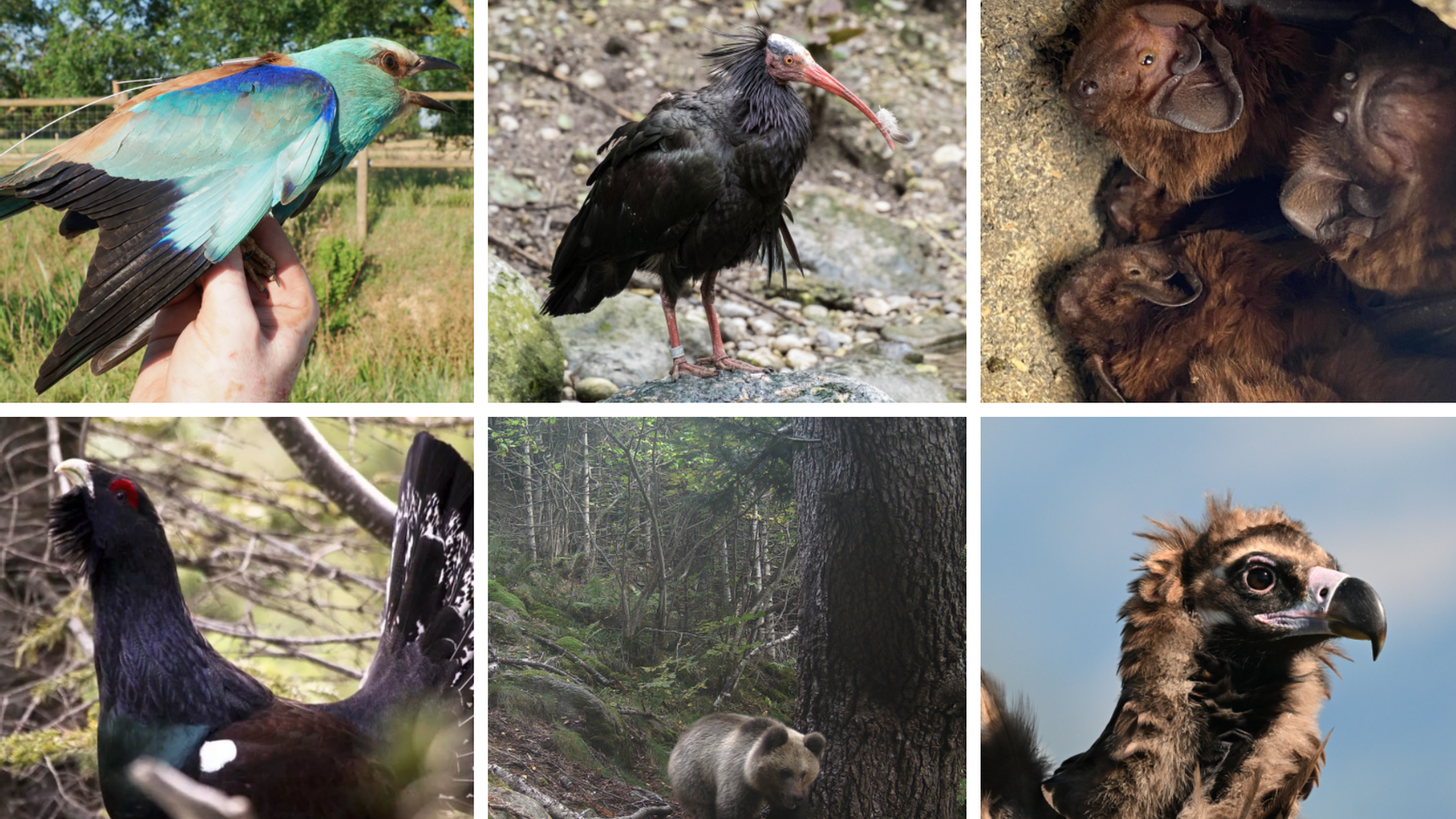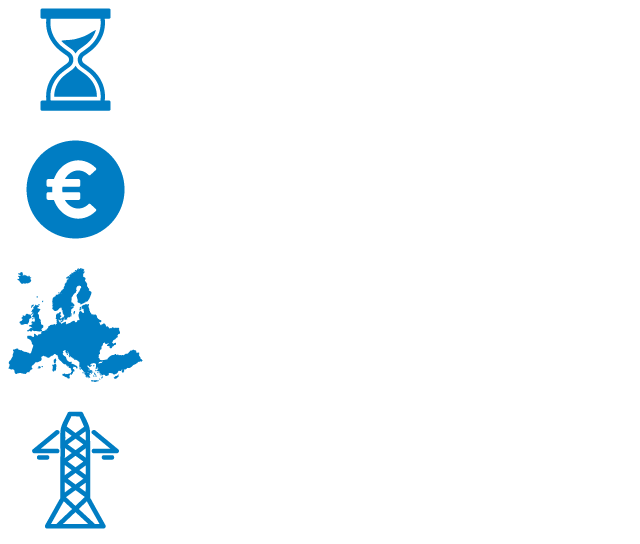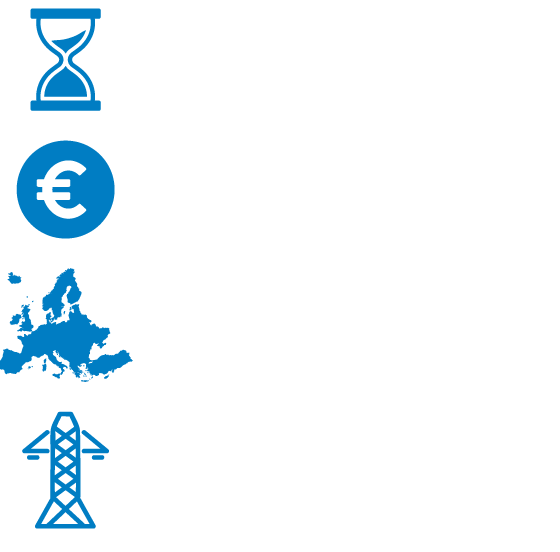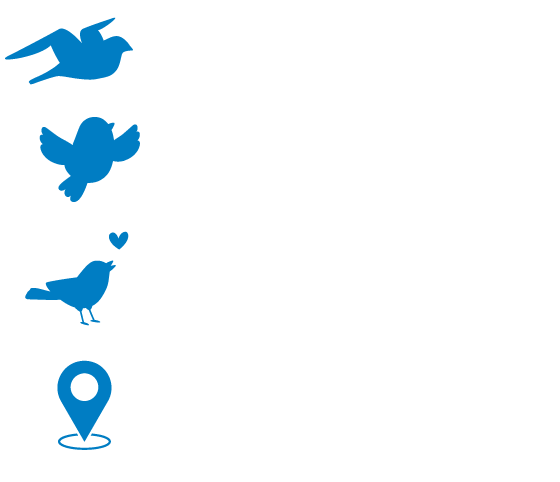Blue gait, capercaillie, brown grouse... discover six animals that must be protected in Catalonia
Endesa's Biodiversity Conservation Plan promotes projects to improve ecosystems and preserve natural resources.

Alt Empordà
Black feathers with greenish and purple tinges. The head is bare and reddish. The beak, which is very elongated and slightly curved, is also reddish. The hermit ibis is a bird with a very distinctive appearance, but it is not easy to observe. In fact, it completely disappeared from Catalonia and the rest of the Mediterranean territories more than 300 years ago. However, in 1990, numerous recovery plans were launched to reintroduce it to Europe; today, it is estimated that there are 2,000 specimens.
In the Empordà Wetlands, the Alive Foundation and the Department of Territory, Housing, and Ecological Transition are working to reintroduce them into the wild. Next year, the first specimens will be released. The goal is clear: to make the Empordà a viable and self-sustaining area for these birds.
To facilitate this, Endesa has invested nearly €100,000 to reduce the risk of electrical shocks posed by 40 electrical towers in Catalonia for these birds. Specifically, the cables have been protected with a three-meter-long wrapper, longer than usual, since they fly in groups and rest on the wires.
Catalonia and Aragon
They live at night, move silently, and are practically invisible. But did you know that some bat species travel hundreds of kilometers each year to migrate? Now, for the first time, their trail can be tracked. The Migrabat project, promoted by the Center for Forest Science and Technology of Catalonia with the support of Endesa, works to mark and monitor endangered bats such as the giant, medium, and small noctule bats. These three species live between Catalonia and Aragon and have migratory behaviors that vary according to sex.
Technicians are focusing their efforts on female noctule beetles, as they undertake long migrations, while males tend to stay in nearby areas. To monitor them, they are using next-generation transmitters capable of collecting data for more than 30 days at a time. These technologies, provided by the Max Planck Institute, will allow us to better understand the migratory routes and ecological needs of these species throughout Europe.
The ultimate goal is twofold: to improve conservation strategies for a largely unknown animal group and to contribute to the creation of the first European map of bat migrations, a key scientific milestone in protecting them from the threat of extinction.
Pyrenees
The capercaillie is one of the most emblematic—and most endangered—species of the Catalan Pyrenees. In fact, it is extremely sensitive to human activity and habitat degradation, and must survive amidst a deer overpopulation that works against it. Therefore, since 2011, Endesa has collaborated with organizations such as Paisajes Vivos (Living Landscapes) on a series of initiatives to improve the living conditions of this unique forest bird.
In 2025, 1,700 native shrubs were planted in a protected area of Catllaràs to provide food and shelter. The area has been closed to prevent deer from entering, whose massive presence devastates the undergrowth.
The project also included the adaptation of power lines, the marking of livestock enclosures to prevent collisions, and the demarcation of critical areas to regulate human traffic. Genetic samples were also analyzed to census the populations and better understand their mobility between the Berguedà and Ripollès regions.
However, to ensure everything goes smoothly, there's one key element: awareness. To this end, in 2024, 25,000 informational paper placemats were distributed to shelters and restaurants in the area to raise awareness about the capercaillie and the importance of preserving its habitat.
Alt Empordà and Osona
With its intensely blue feathers, the blue jay is one of the most spectacular and, at the same time, most vulnerable birds in the country. Every spring, it arrives in Catalonia to breed, but the loss of natural nesting cavities has severely limited its expansion. The Coracias project, active since 2017 and supported by Endesa, has enabled the installation of nest boxes on electricity pylons in the Aiguamolls del Empordà and Montgrí Natural Park. In 2024, 151 hatched lice were recorded, with 62% nest occupancy, and a 72% reproductive success rate.
The boxes, placed between three and four meters high and facing north, provide refuge for both the blue jay and other declining species, such as the lesser kestrel and the lamb. Some include cameras or GPS transmitters for monitoring. The initiative has been extended to Osona, where new boxes will be installed in Manlleu and Lluçanès in 2025. After decades of absence, the blue jay has successfully nested: nine lice have hatched. The goal is to consolidate a stable breeding population in Catalonia.
Pre-Pyrenees
Having disappeared from the Pyrenees in the 19th century, the black vulture has re-established itself thanks to a reintroduction project supported by Endesa. In 2024, the colony in the Boumort National Hunting Reserve reached 66 individuals, with 19 breeding pairs and 9 flown lice. Six of these lice have been tagged with GPS to track their movements.
In addition to satellite tracking, a network of Supplementary Feeding Points (PAS) managed by Trenca and Endesa guarantees carrion for vultures and other necrophagous birds such as the bearded vulture and the red kite. In 2024, 15,435 kg of carrion were distributed, avoiding emissions of up to 4,208 kg of CO₂.
The goal is to consolidate the colony in the Pre-Pyrenees and connect it with populations in Europe and the rest of the Peninsula to improve its genetic diversity. With this project, the black vulture once again plays its key role as a forest health, essential for the proper functioning of ecosystems.
Pallars Sobirà
The brown bear is a globally vulnerable species and in danger of extinction in Spain. However, its situation in the Pyrenees has been improving: in 2024, 10 new cubs were born in Catalonia, the highest number since the start of the reintroduction project, and there are now 96 cubs across the Pyrenees, 47 of them in Catalonia.
Since 2016, Endesa has collaborated with the Brown Bear Foundation to improve the species' habitat and facilitate its feeding. The latest initiative has been the planting of 7,000 fruit trees—such as sage, cherry, and apple trees—in Pallars Sobirà, in addition to the 9,150 planted between 2018 and 2019. Distributed across 17 forests, these trees absorb 16 strategic nutrients for 30 years.
The fruit trees, native varieties bred in Tremp, help keep the seeds away from human habitation and promote biodiversity. All of this is part of the Bosque Endesa Pirineus program, which seeks to consolidate a network of conservation areas and ensure the survival of this iconic species.















